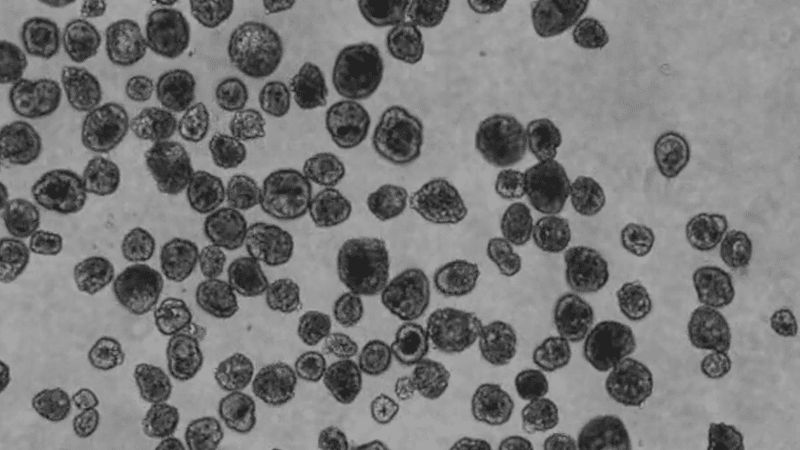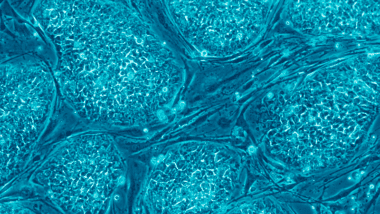Ethically generated ‘biological robots’ help damaged nerve cells to repair themselves, scientists have discovered.
Announcing the medical breakthrough, doctoral researcher Gizem Gumuskaya said the “Anthrobots” can be produced using a patient’s own lung cells “instead of embryonic cells”.
It is believed the discovery could help in the development of tailored treatments for nerve damage to the eyes, spine and brain.
Little healers
Researchers at Tufts University in Boston found that single windpipe cells “self-assemble” in the lab to form “tiny multicellular spheres”.
The spheres, under specially created growth conditions, developed into different shapes and began to move in a variety of ways using tiny hair-like projections known as cilia.
Creating an open ‘wound’ in a two-dimensional model of human nerve cells, the team found that a concentration of these mobile multi-cellular “Anthrobots” encouraged healing.
‘Unexpected’
Team leader Professor Michael Levin said: “It is fascinating and completely unexpected that normal patient tracheal cells, without modifying their DNA, can move on their own and encourage neuron growth across a region of damage”.
He added: “We’re now looking at how the healing mechanism works, and asking what else these constructs can do.”
Unlike research involving embryonic stem cells, ethically-sourced cells do not require the destruction of human embryos.
November 2023: Ethical stem cell research points to potential stroke and dementia treatment
January 2023: New ethical stem cell research gives hope for dementia treatment
December 2022: Two year old ‘wouldn’t be with us today’ without world-first stem cell operation
May 2021: Ethical stem cells deliver dramatic cure for ‘bubble boy’ disease
March 2021: ‘She’s given me back my life’, teen thanks adult stem cell donor


